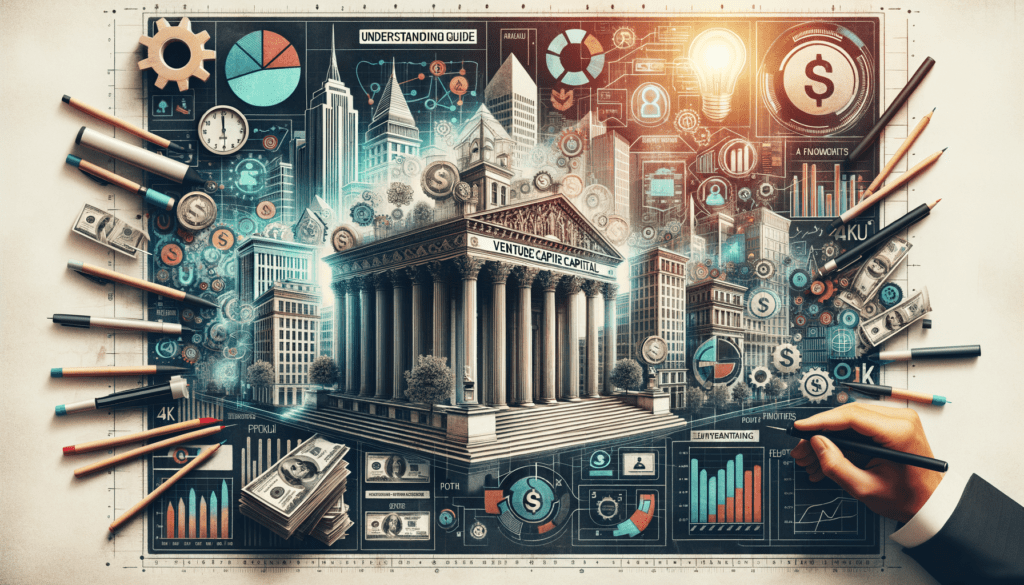In an increasingly competitive startup landscape, growth isn’t just about attracting new customers; it’s fundamentally linked to retaining your existing ones. Successful startups recognize that customer retention isn’t merely an afterthought; it’s a proactive element of their long-term strategic plan.
Improving customer retention involves a multifaceted approach that includes understanding customer needs, providing exceptional support, and fostering a sense of community. Here are some actionable strategies you can implement to boost customer retention and secure sustainable growth for your startup.
Understanding Customer Retention
Definition and Importance
Customer retention refers to the activities and strategies companies adopt to reduce customer churn and ensure clients continue to do business with them over time. For startups, retention is more than just maintaining your customer base; it’s critical for achieving profitability and scalable growth. Statistically, retaining customers is far more cost-effective—research indicates it costs five to seven times more to secure a new customer than to retain an existing one. Moreover, loyal customers usually spend more, recommend your product or service, and become powerful advocates for your brand.
Metrics to Measure Retention
To effectively assess your startup’s retention performance, you need to regularly track specific metrics, including:
- Churn Rate: The percentage of customers who stop doing business with your company during a given time frame.
- Customer Lifetime Value (CLV): The total revenue you can expect from a single customer over their entire relationship with your startup.
- Retention Rate: The proportion of customers retained over a particular period of time.
Consistently monitoring these metrics enables you to identify strengths, uncover weak points, and adjust strategies proactively.
Developing a Customer-Centric Product
Building Products Based on Feedback
A primary driver of customer retention is delivering continuous value through product improvements. Actively gathering and implementing customer feedback helps tailor your product to your audience’s evolving needs. Surveys, direct conversations, and user behavior analytics can highlight areas requiring improvement and reveal opportunities for enhancement.
Focusing on User Experience (UX)
An intuitive and pleasant user experience significantly enhances customer retention. Users who easily navigate and understand your product are much more likely to become loyal customers. Prioritize UX-centric design by investing in usability testing and user-driven enhancements that foster greater product adoption and satisfaction.
Enhancing Customer Engagement
Personalized Communication
Modern customers expect personalized experiences tailored specifically to their interests and behaviors. Segmentation and targeted messaging allow you to establish a deeper connection with your customers. Use email marketing, personalized notifications, and targeted advertising to deliver timely, relevant communications that build trust and boost retention.
Proactive Outreach and Support Strategies
Don’t wait for customers to reach out first. Proactive support means anticipating your customers’ needs and offering relevant assistance before issues escalate. Engage customers through regular check-ins, informational updates, and initiatives designed to build lasting loyalty and confidence in your brand.
Providing Exceptional Customer Support
Quick and Efficient Issue Resolution
Customers have increasingly high expectations for issue resolution time. Acting swiftly and efficiently enhances the perception that your startup values their time. Reducing response times through trained teams and transparent communication shapes positive experiences that convert customers into long-term advocates.
Ongoing Training for Customer Support Staff
Well-trained customer support representatives contribute directly to customer retention. Regularly updating their knowledge and equipping them with superior communication and problem-solving skills ensures consistently high service standards, leading to enhanced customer satisfaction and loyalty.
Rewarding Customer Loyalty
Loyalty Programs and Incentives
An effective loyalty program goes beyond discounts and rewards by making your customers feel valued. Tailor your programs to encourage behaviors beneficial to both your customers and your startup. For example, reward referrals and repeat purchases to align incentives with your business objectives.
Exclusive Perks and Offers
Providing customers with exclusive experiences, early product access, or member-only content encourages commitment and engagement with your brand. Exclusivity builds a connection that customers find challenging to replace, thus positively influencing retention.
Leveraging Automation and Technology
Customer Relationship Management (CRM) Tools
Integrating CRM tools streamlines your retention approach by tracking each customer interaction and predicting behaviors. Good CRM practices allow you to meet customer needs proactively and enhance personalization effectively and efficiently.
Leveraging AI and Predictive Analytics
Artificial intelligence empowers startups with powerful analytics. AI and predictive data technology can alert you to potential churn risks and provide proactive solutions for retention, allowing precise, data-based decisions rather than relying on intuition alone.
Continuous Improvement Mechanisms
Gathering and Analyzing Customer Data
A data-driven mindset is fundamental to successful retention strategies. Regularly gathering and interpreting customer data insights helps identify emerging patterns and uncover previously unnoticed opportunities, guiding strategic initiatives for stronger engagement.
Frequently Asked Questions
- What are the best metrics to measure customer retention? Churn rate, customer lifetime value (CLV), and retention rate are among the most critical metrics.
- How do I implement an effective customer loyalty program? Align perks and rewards closely with desired customer actions and behaviors.
- What role does customer service play in customer retention? Exceptional customer service leads directly to increased satisfaction and improved retention.
- How can customer feedback improve retention rates? Regularly collected and implemented customer feedback aligns your product closely with user needs.
- Which technology can help in boosting customer retention? CRM software, AI-driven predictive analytics, and automated communications platforms effectively support retention strategies.
- How frequently should my startup analyze customer retention data? Ideally monthly or quarterly—frequent analysis allows continuous optimization and quick strategic responses.
- Can automation negatively affect customer retention? It can, if used excessively. Balance automation with personalized interactions.
- What’s the relationship between user experience and retention? Excellent user experience encourages repeat usage, engagement, and stronger retention.
Implement these strategies to cultivate lasting relationships, minimize churn, and propel sustained growth for your startup. Remember, customer retention isn’t a one-time task—it’s a continual process of analysis, innovation, and adaptation.





